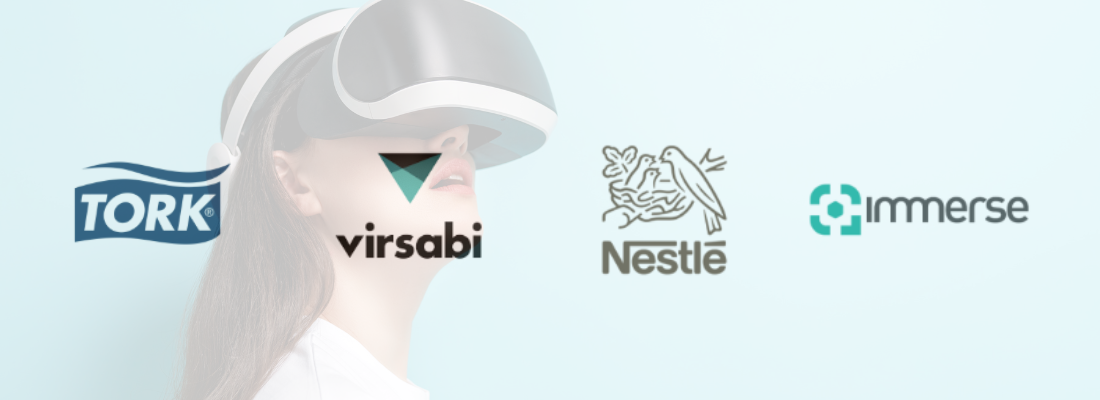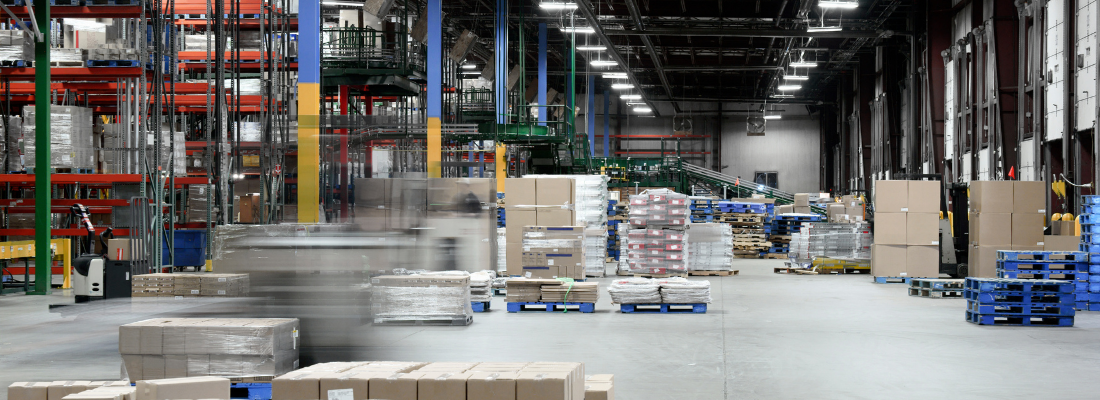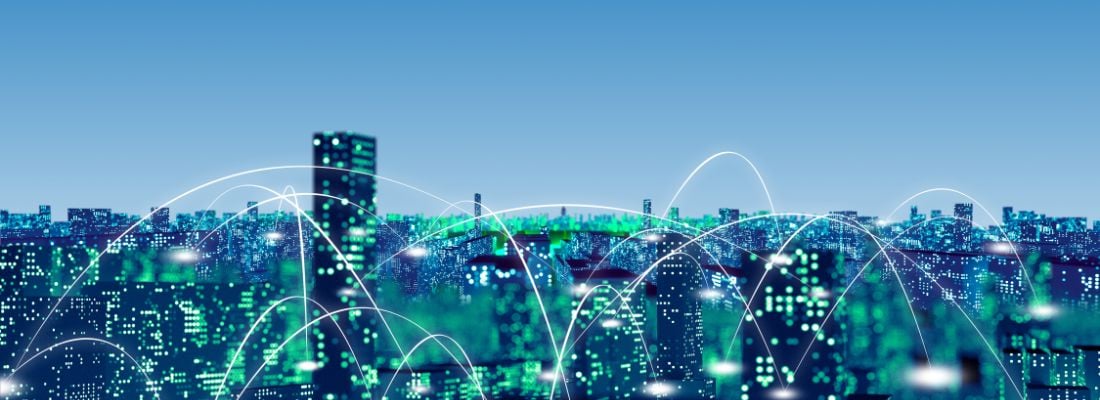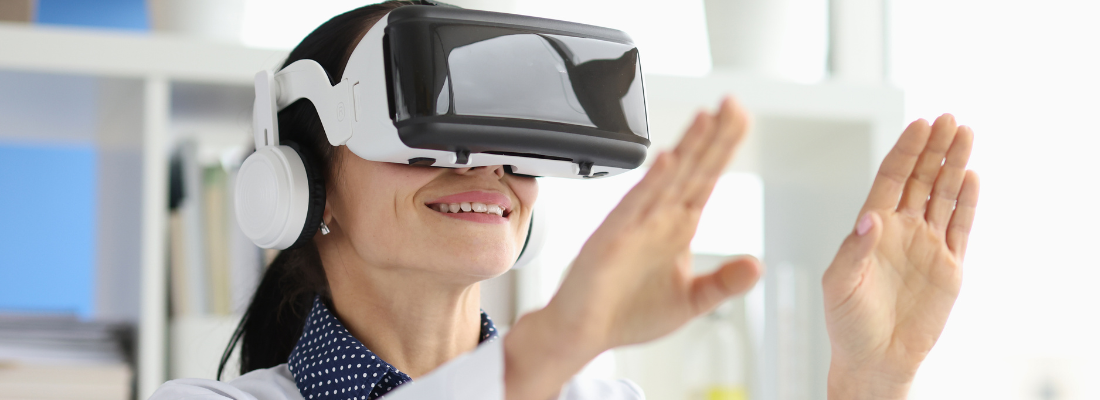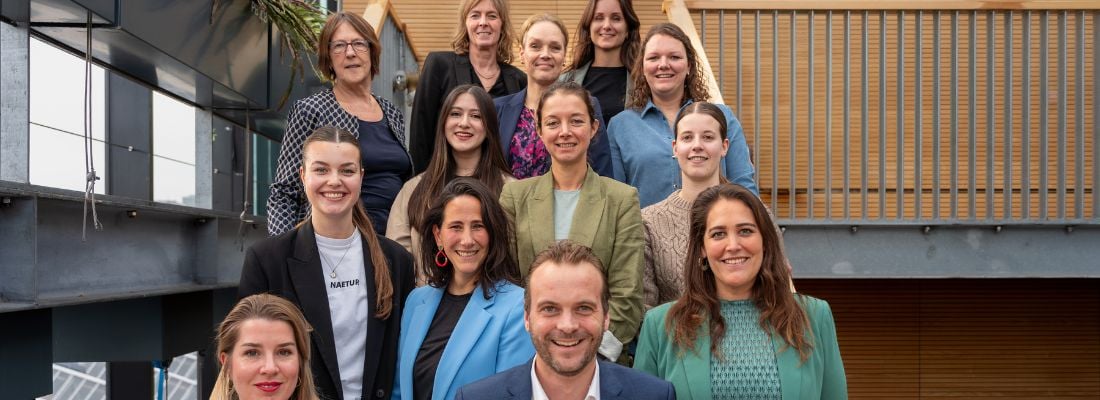Case Study Report: Reimagining hygiene and safety training in facility management with Virtual Reality
In today's fast-paced world, hygiene and safety are critical, from hospitals and corporate offices to industrial plants and public institutions. Facility managers must maintain impeccable standards while training diverse teams quickly and consistently. Traditional training methods, while still useful, often fall short due to time constraints, inconsistent delivery, and limited engagement. Virtual Reality (VR) is changing that.
VR training immerses staff in realistic 3D simulations that replicate real-world facility challenges. Wearing a headset, trainees navigate high-risk scenarios such as chemical spills, waste handling, or infection control without any physical danger. They learn by doing, gaining muscle memory and decision-making skills that are hard to develop through classroom learning or static videos.
This approach has several key advantages:
- Risk-free, hands-on learning: Trainees can practice safety protocols or cleaning routines repeatedly without fear of mistakes.
- Higher engagement, better retention: Immersive experiences boost concentration and knowledge retention far beyond traditional methods.
- Standardised training across sites: VR ensures that employees across locations receive the same high-quality instruction, aligned with corporate and regulatory standards.
- Data-driven results: Integrated analytics allow managers to track participation, assess skills, and identify gaps.
Recent advances have made VR training more accessible and impactful. Today’s simulations feature hyper-realistic graphics, interactive tools, and gamified experiences that promote engagement and accountability. Training modules can be adapted to reflect specific facility layouts, industry regulations, or job roles. Many systems integrate with Learning Management Systems (LMS), making it easier to deploy, update, and track training at scale.
For facility management leaders, VR isn’t about replacing existing training—it’s about enhancing it. It can be used to onboard new hires, reinforce compliance protocols, or prepare teams for uncommon but critical scenarios like power outages or contamination risks.
Looking forward, the role of VR will only expand. With AI-powered adaptive learning and potential integration with IoT and AR technologies, training will become even more personalised and responsive. Investing in VR today means building a workforce that’s not only compliant but confident, ready to maintain safe, hygienic, and high-performing facilities across every site.
The following case studies illustrate how facility management organisations successfully implemented VR training to elevate hygiene and safety standards across their operations. Through real-world data and measurable outcomes, they demonstrate the practical value and business impact of adopting immersive training solutions across complex, safety-sensitive facilities.
CASE STUDY 1
Reimagining Hand Hygiene in Healthcare and Education: The Tork Initiative
Essity’s hygiene brand, Tork, has long partnered with facilities across the healthcare and education sectors. As awareness of hygiene waned in the years following COVID, the team recognised a familiar challenge: traditional training formats were no longer engaging staff or improving compliance outcomes. Repetitive presentations were treated as a formality rather than a catalyst for behaviour change.
To shift this dynamic, Tork developed an immersive VR training module built around the World Health Organization’s Five Moments of Hand Hygiene. The training allows users to step into the shoes of different healthcare professionals, whether physicians, nurses, or care staff in elderly homes, and practice hygiene-critical decisions in a realistic clinical or social setting. Designed with scientists and behavioural specialists, the simulation takes about 15 minutes and is compatible with devices ranging from Meta Quest headsets to mobile phones with cardboard VR viewers.
The rollout quickly gained momentum. Several hospitals and elderly care homes began using the training as a core part of their new employee onboarding. Nursing schools incorporated it into their curriculum to provide students with more interactive, lifelike experiences.
Doris Berens-Bredahl, Regional Marketing Manager Health Care, who oversees the VR initiative at Tork, reflected on the difference it has made: “The engagement is definitely increasing, and people really like it and see the value.”
The adoption wasn’t limited to early adopters; even hesitant learners quickly embraced the immersive format. In settings where compliance is critical but motivation can lag, VR helped bridge the gap between policy and personal action.
CASE STUDY 2
Making the Invisible Visible: Virsabi’s Approach to Disinfection Training
Virsabi, an XR technologies consultancy and software developing company, took on a more technical challenge for the cleaning industry: teaching staff how to properly apply disinfectant spray, a substance that is invisible during real-life use. Without visual feedback, workers had no way to know whether they were covering surfaces thoroughly, which undermined both training effectiveness and hygiene standards.
They developed a VR training experience that allowed users to see the spray as it would be applied, experimenting with technique, angle, and distance to optimise coverage. This virtual simulation removed the guesswork and let employees refine their approach through trial, error, and repetition, all in a safe, zero-waste environment.
The approach yielded strong results. Cleaning staff reported higher confidence, greater understanding of proper technique, and increased awareness of hygiene-critical steps that might otherwise be overlooked.
Founder Michael Harboe explained: “VR can simulate contamination scenarios, proper sanitation protocols, and emergency response drills in a controlled, repeatable way.”
Beyond the training room, these insights translated into more consistent cleaning outcomes and stronger team performance, especially in high-risk environments like healthcare, hospitality, and large public facilities.
What these cases teach us: A shared set of best practices
Despite operating in different industries and training on distinct topics, all organisations implemented VR training with similar guiding principles. First, they started with real-world scenarios that carried high risk or required precise techniques. Whether disinfecting a patient’s room, preventing industrial injury, or complying with hygiene protocols, the simulations were rooted in lived realities.
Second, each training module was designed with realism and relevance in mind. Rather than generic content, VR allowed learners to step into familiar roles and settings, making the experience both engaging and educational. In every case, employees felt that the training reflected their day-to-day responsibilities, turning it from an obligation into a valuable exercise.
Third, they invested in accessibility and scalability. By offering multiple device options and platform integrations, these organisations ensured their training could be deployed across departments, sites, and borders without losing quality or control.
Finally, the success of each implementation hinged not just on technology but on leadership buy-in and cultural readiness. Change management was important. Staff needed time to adapt, but with the right support and enthusiasm from supervisors and educators, VR quickly became the preferred training format.
Conclusion
The case studies of Essity Tork and Virsabi demonstrate that Virtual Reality training is no longer a niche experiment. It is a mature, strategic solution for improving hygiene and safety in facility management.
By simulating the complexity of real-world risks in a controlled and repeatable environment, VR enables staff to practice decision-making, build confidence, and retain knowledge more effectively than traditional formats. It standardises delivery across teams, enhances compliance, and transforms how organisations think about learning.
In each of these stories, VR training didn’t just replace PowerPoint slides. It replaced disengagement with curiosity, replaced risk with rehearsal, and replaced compliance with commitment. That’s the real power of immersive training, and its potential has only just begun to unfold.
Receive the best newsletter on cleaning & hygiene - straight to your inbox!
We promise never to send you spam and you can unsubscribe at any time!
